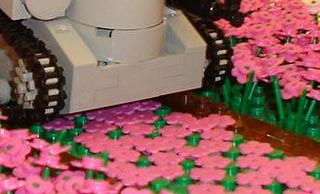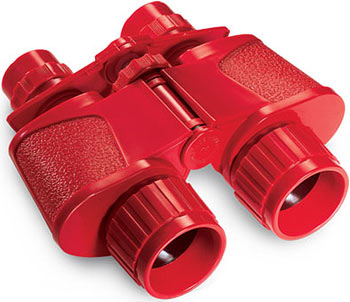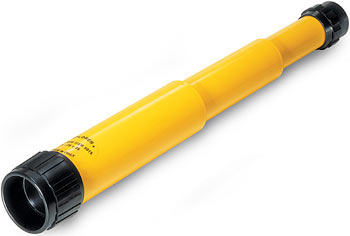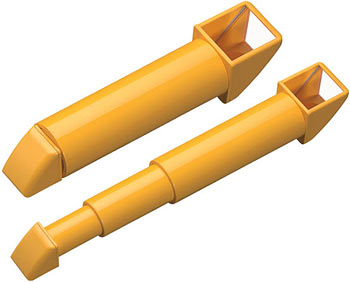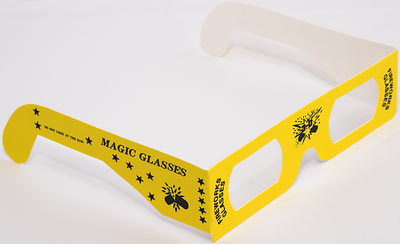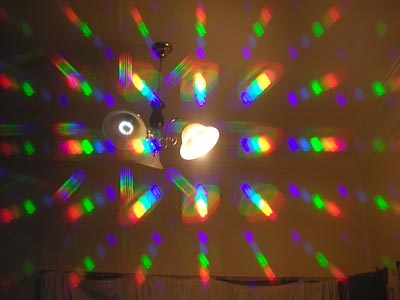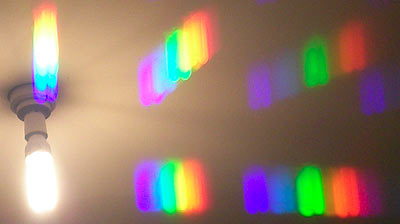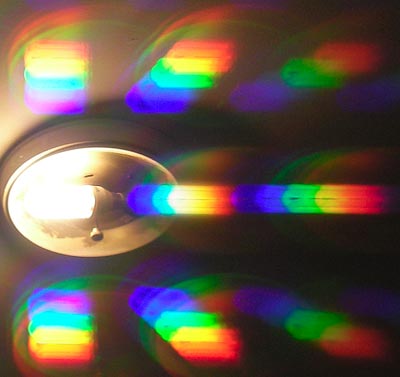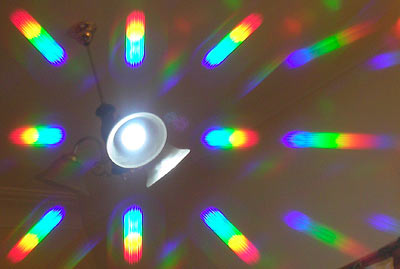Why didn't someone tell me earlier that there was a show called Tank Overhaul?
(I found out about it in one of Toolmonger's TV updates.)
It's pretty much what you'd expect - one of those blokes-fixing-stuff-up shows, except with armoured fighting vehicles instead of some poxy motorcycle.

There are four episodes, featuring a Comet, a Panther, a Sherman and a Hellcat. I don't know whether there'll be any more (there's not a whole lot of info about the show on the Web; search for it and you're likely to find torrent sites before you find anything about the production company...), but there's quite a lot of tanky goodness in just these.
The series started out very well, with a collection of small-budget English blokes whose repair strategies involve a lot of sledgehammers, crowbars, wedges, and big baulks of wood. They love their jobs, and they make fun of millionaire tossers who hire other people to fix tanks for them at great expense.
Then along comes Episode 2, which is (a) quite heavily padded and (b) all about those millionaire tossers and the men who work for them.
(Curiously, it appears to be a rule on both sides of the Atlantic that no tank restoration workshop is complete without a black and white cat wandering around.)
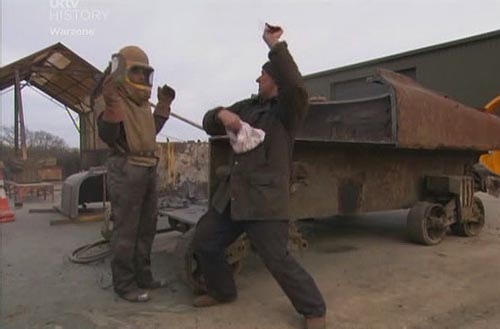
But episode three has the English chaps again. Hurrah!
Actually, all of the episodes have a non-trivial amount of somewhat repetitive padding, including the old Cheap-Ass War Documentary Maker's Favourite - shots of the place where a battle happened, with sound effects that give the impression that the fighting's still going on, if only the stupid cameraman would turn around. The producers are trying a bit harder than that, though; they also have sequences with pretty decent CGI tanks superimposed on the scene. I'd still rather the show spent all of its time with the actual restorers, though.
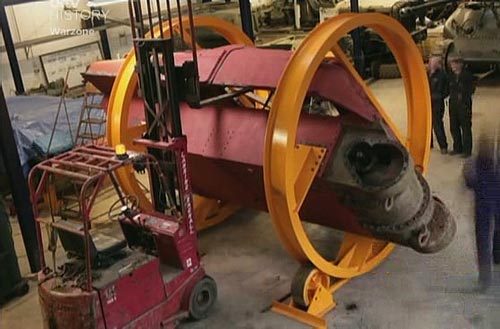
The first three eps don't actually feature the end of the job, on account of how... the job doesn't end.
If your "restoration" only involves making the outside of a reasonably complete tank look presentable for static display in a museum, then you can get it done in a week. But these are proper restoration projects, with the aim of making a working and highly authentic vehicle. And, on top of that, they're not starting (in the first three episodes) with something that's been perfectly preserved in a bog. No; they get tanks that've either been sitting in a river for sixty years, or used for target practice for thirty.
You get to see a lot of progress, and other tanks trundling around and, upon occasion, deleting one spatial dimension from a smaller vehicle. But they kind of gloss over the fact that the actual project tanks in the first three episodes aren't even rolling chassis by the end of the show.
The last episode's got Americans again, but it's not as badly padded as the second, and goes all heartwarming at the end. Which is permissible, since you also get an M18 Hellcat tearing around like an 18-ton sports car.
This is almost enough to get me to forgive the voice-over guy for, earlier in the series, talking about how terrifying the German tank force was in 1941, over stock footage of ranks of Tiger IIs that didn't exist before 1944. And, more seriously, for using the term "military-industrial complex" as if it's a compliment, which it isn't.
Tank Overhaul is still excellent viewing, though.
Now - how can we get Tim and Rex involved?
(I've reviewed quite a lot of toy tanks over the years, by the way. Plus one centipede.)

